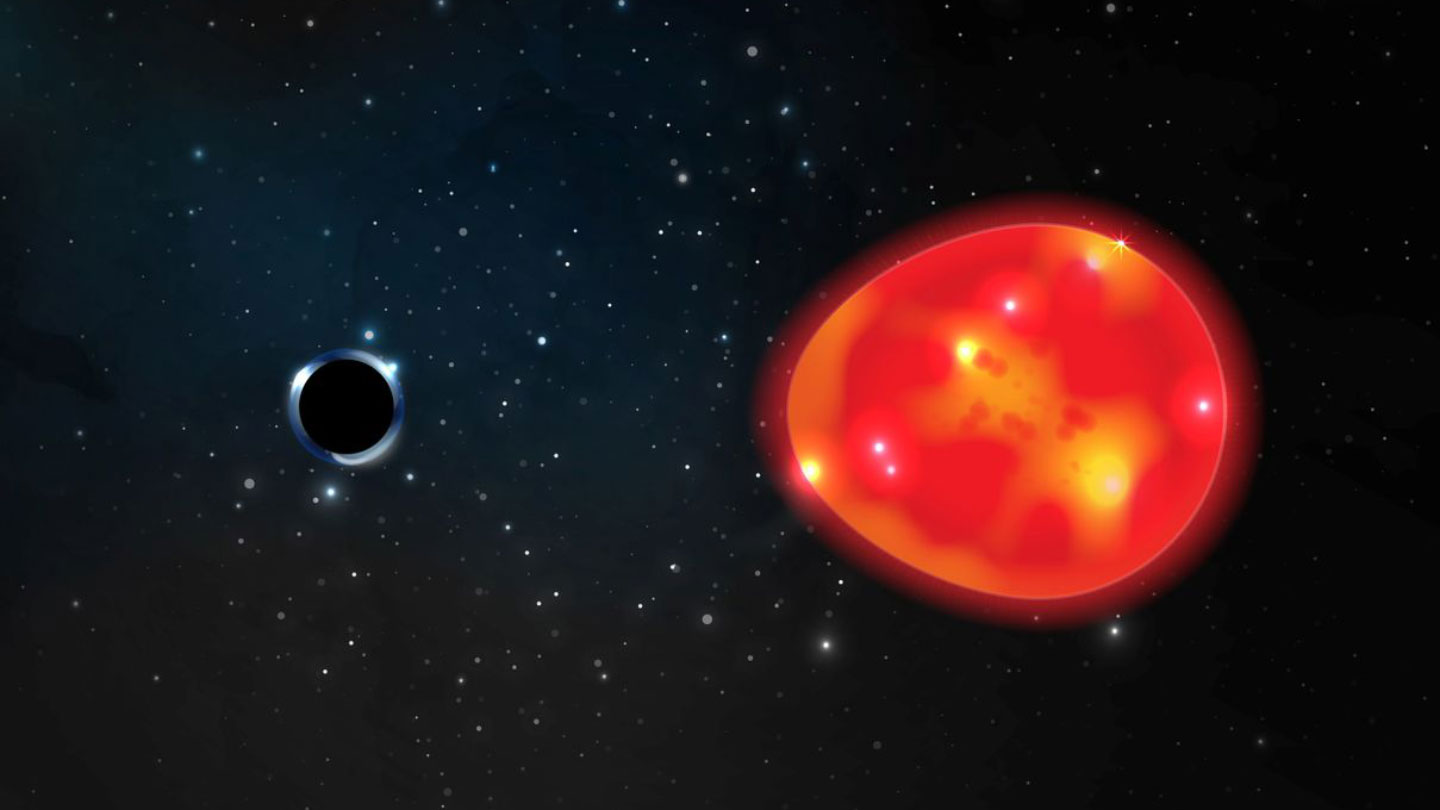Scientists are now actively looking for black holes in a huge set of voluminous data, hoping to better understand exotic objects. But sometimes the desire to find more black holes misleads some astronomers.

“You say that black holes are like a needle in a haystack. Imagine that suddenly we have a lot more stacks than before,” says astrophysicist Karim El-Badry from the Harvard-Smithsonian Center for Astrophysics in Cambridge, Massachusetts.
Two black holes from the Unicorn system turned out to be completely different from what scientists were sure of. Both of them are actually binary star systems that are at unprecedented stages of their evolution. This is reported by astronomer El-Badry and his colleagues in the Monthly Notices of the Royal Astronomical Society. The researchers say the key to understanding these systems is figuring out how to interpret the light coming from them.
Unicorn and Giraffe
In early 2021, astronomer Tarindu Jayasinghe from Ohio State University and his colleagues reported the discovery of a star system affectionately named Unicorn. It was located about 1500 light-years from Earth. In their opinion, the old red giant orbited around an invisible black hole. Some of the same researchers later reported on a second similar system, called Giraffe, discovered at a distance of about 12 thousand light-years. But other researchers, including El-Badry, were not convinced that there are black holes in these systems. Therefore, scientists have joined forces to re-analyze the data.
Correction of the mistake
To test the nature of each star system, the researchers turned to stellar spectra. The spectrum of any star has characteristic lines where atoms in the stellar atmosphere have absorbed certain wavelengths of light. In a slowly rotating star, these lines are very clear, and in a rapidly rotating star, they are blurred. The team found that previous observations initially misunderstood each of these star systems.
“The problem was that there was not one star, but two. The second star in each system rotates very fast, which makes it difficult to distinguish in the spectra,” says astrophysicist Julia Bodensteiner from the European Southern Observatory in Garching, Germany.
Moreover, the lines in the spectrum of a star orbiting something will shift back and forth. If we assume that the spectrum shows only one medium slowly rotating star in orbit, this assumption leads to the erroneous conclusion that the star is orbiting an invisible black hole.
Detection of “invisible” stars
Instead, Unicorn and Giraffe contain two stars that have been found at an unprecedented stage of stellar evolution. Both systems contain an old red giant and a subgiant — star on the way to this late stage of life. The subgiants are quite close to their companions, the red giants, and gravitationally “steal” matter from them. El-Badry says that as these subgiants accumulate more mass, they rotate faster, which initially made them undetectable.
Follow us on Twitter to get the most interesting space news in time
https://twitter.com/ust_magazine
